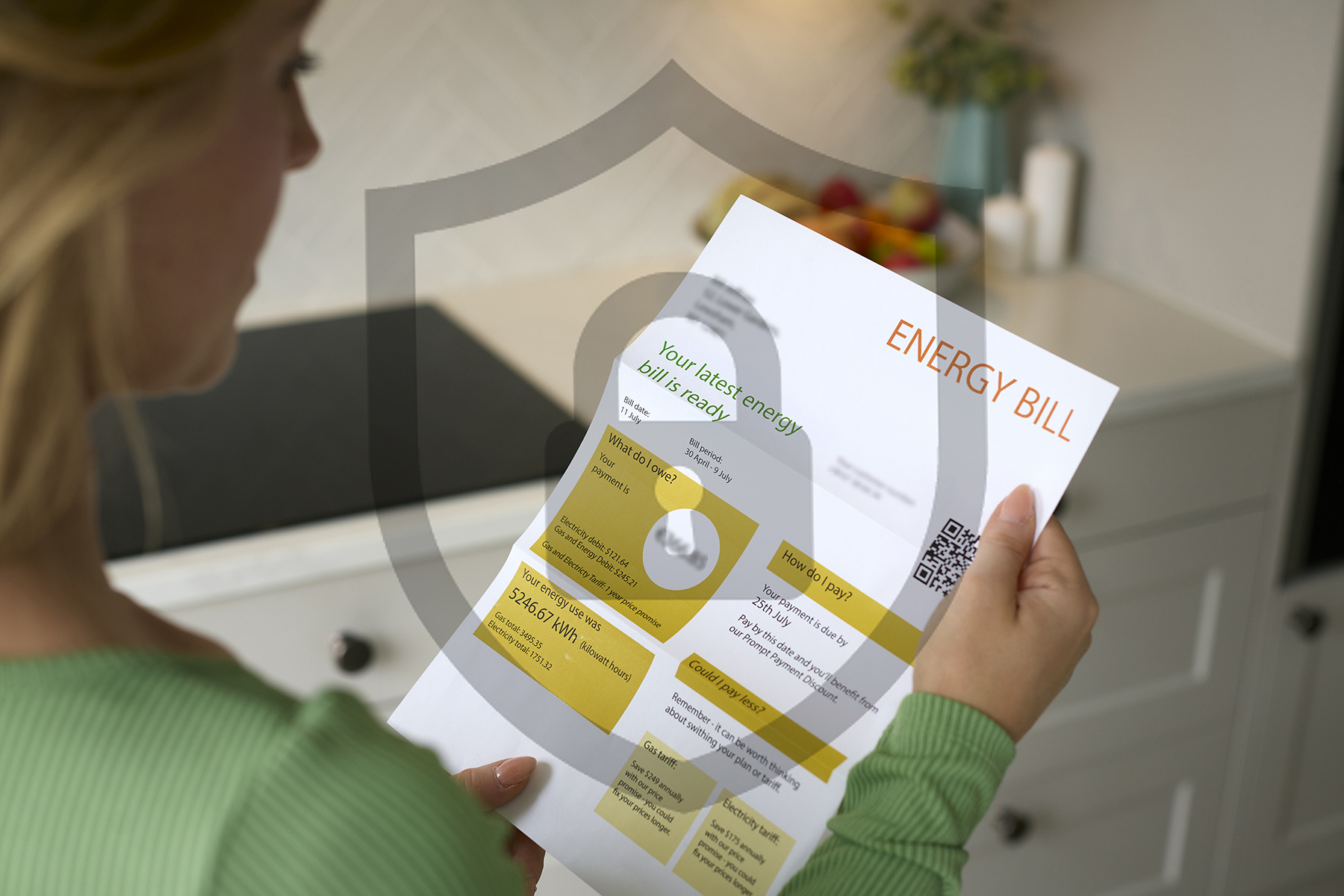Companies look to sales and marketing teams for vital operations needed to draw customer attention and drive revenue. But despite their best intentions to work collaboratively, sales and marketing teams can get caught up in the demands of their daily work and end up working in silos.
“Smarketing” is a term for a hybrid method that shakes up outdated business expectations, uniting both sales and marketing teams around cohesive communication and cooperation. Not only does sales and marketing alignment result in better interdepartmental team building, but a complementary strategy also speeds up the customer journey and optimizes service delivery.
Why is sales and marketing alignment important?
Smarketing addresses some of the most common challenges faced by distributed marketing campaigns: brand inconsistency, lack of creativity, lack of reporting, and inconsistent cost. With these two powerhouse departments on the same page, companies can easily tackle these issues head-on and often before they arise.
This is imperative in the current world, with 85 percent of sales and marketing leaders claiming that aligning the two is the largest opportunity for improving business performance today. There’s an in-house solution to boosting engagement and increasing ROI!
How does sales and marketing alignment support revenue growth?
Smarketing provides the data companies need to make meaningful changes. For example, analyzing existing information can lead to hard truths about misalignments and potential opportunities for future growth. Consider the following:
- Percentage of marketing-generated leads followed up by sales: A lower percentage points to either lack of proper follow-up or poor-quality leads.
- Average number of touches it takes to move a prospect through the sales funnel: The higher the number, the more likely that your sales and marketing teams are misaligned.
- Usage of collateral and other materials: Understand which pieces of marketing collateral are getting used by your most effective salespeople.
Making adjustments based on historical data and future forecasts optimizes the customer service experience and improves potential revenue opportunities.
If a business isn’t sure where to begin, it can boil down the process to four pillars: strategy, process, messaging, and culture. As long as an organization ensures a cohesive strategy among those key points, it can expect the sales and marketing teams to work more effectively together.
By agreeing to share goals, key performance indicators, and priorities, sales and marketing alignment improves customer experience and increases conversion rates, which translates to higher sales and overall revenue.
What other benefits does sales and marketing alignment offer?
Maintaining the process doesn’t have to be time-intensive either. Create a service-level agreement that clearly defines departmental responsibilities and expectations. Doing so eliminates redundant tasks and frees staff to focus on more important responsibilities.
Transparency surrounding expectations also means that everyone is held accountable, leading to higher quality and jobs being completed right the first time. Plus, a dual-team approach can reduce errors through a check and balance system.
Two sets of eyes are also more likely to catch opportunities by communicating data analysis in real time, so a company can remove ineffective leads channels with low conversion rates and move to more lucrative target markets and strategies.
Eliminate silos and gain insight into day-to-day operations by implementing technologies that make it easier for sales and marketing to communicate.
The sales and marketing team can also work together to reengage cold leads that would otherwise have been forgotten due to a lack of team member time or missed information. Companies are enjoying all these benefits and more—all from synchronizing their existing teams and resources.
Your secret ingredient to marketing and sales alignment? brandstash.
Bringing your teams together may seem complicated, but with the right tools, it’s much simpler. A centralized brand and marketing collateral platform, which allows multiuser and multilocation capabilities, is essential for effective collaboration and innovation between your teams.
Our centralized platform, brandstash, addresses some of the most common pain points in distributed marketing. This platform can house all of your brand style guides, so not only will you ensure consistency of your marketing collateral, but your teams will also easily know how much leeway they have to customize assets within your guidelines.
Additionally, the right brand and marketing collateral platform will help you get all of the data you need via numerous customizable reporting options. You’ll have better visibility into who’s ordering what collateral and when so you can optimize your operations.
Increase ROI with effective smarketing strategies.
The secret ingredient to revenue growth comes from sales and marketing alignment. When potential customers face few touchpoints along their journey and enticing personalized messaging to speed them along, the overall journey is optimized, or more effective. People view the service as higher quality and are more likely to engage with the brand again.
See how Southeastern can help your business take advantage of this strategic alliance by having the right tools in place. Request a brandstash demo today to see what a centralized brand and marketing collateral platform can do for your business.



